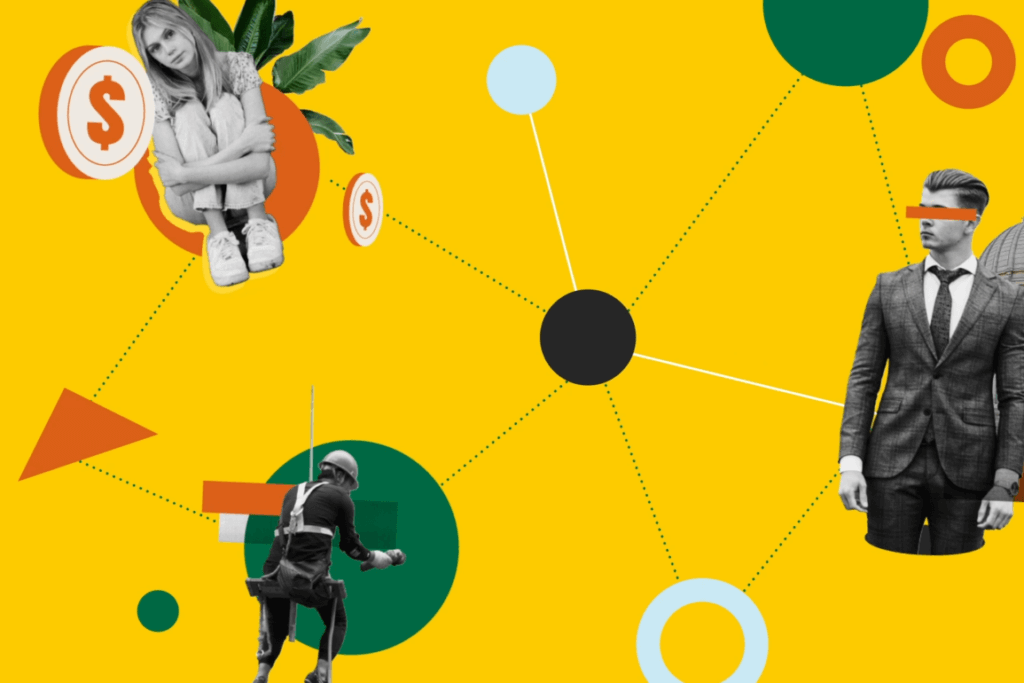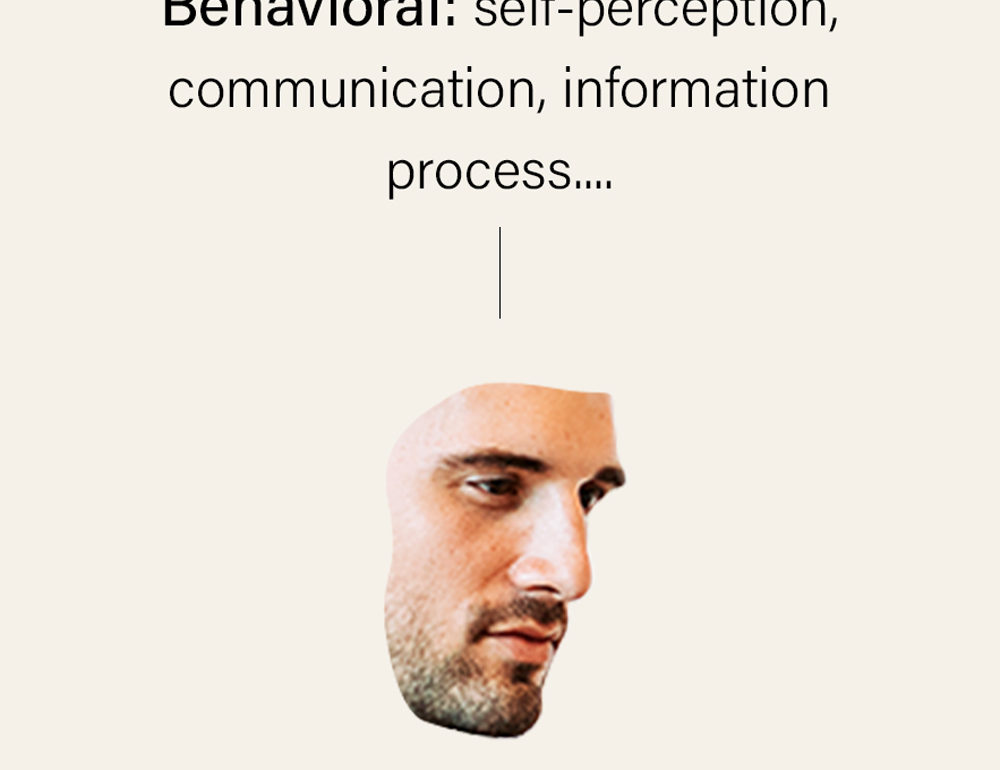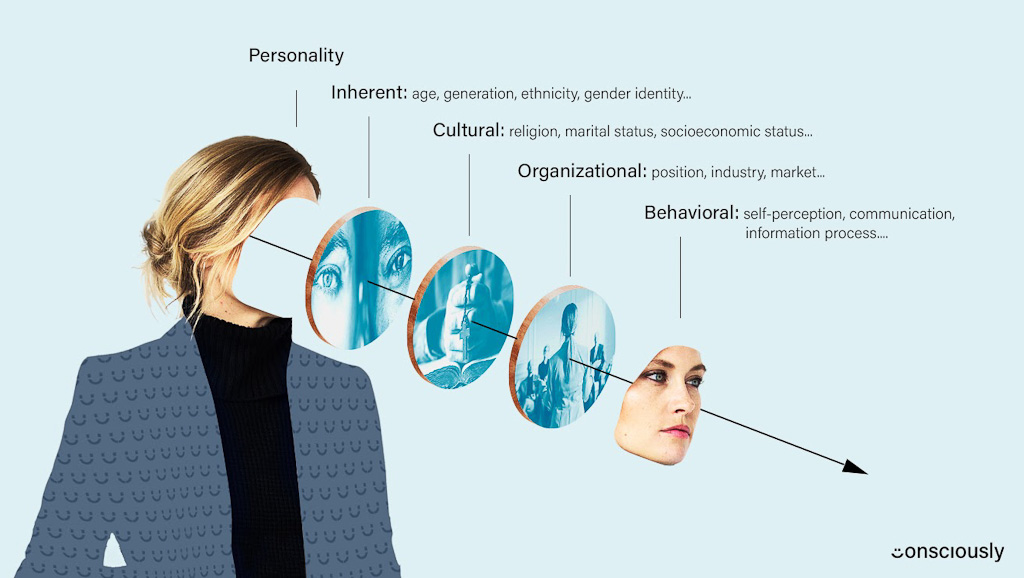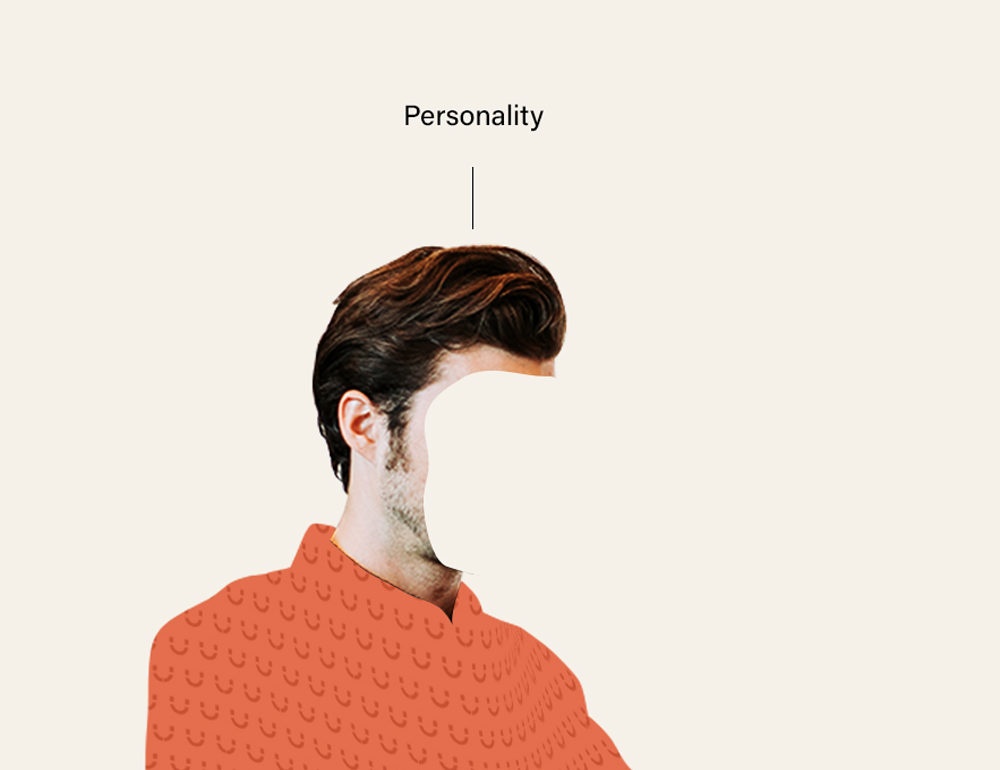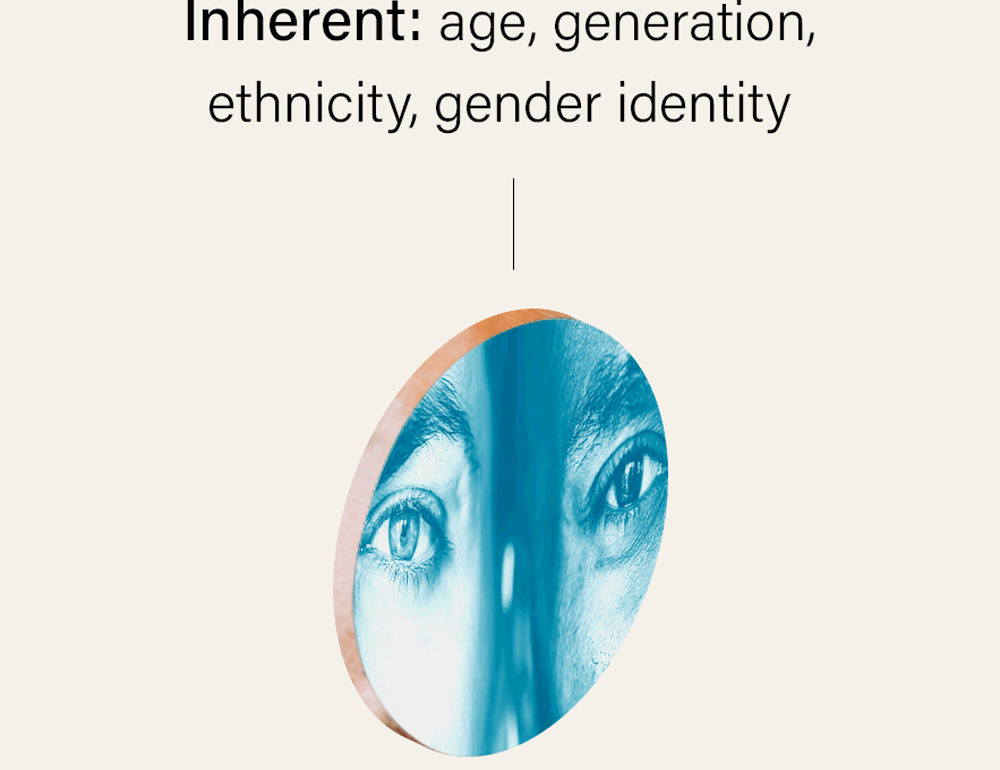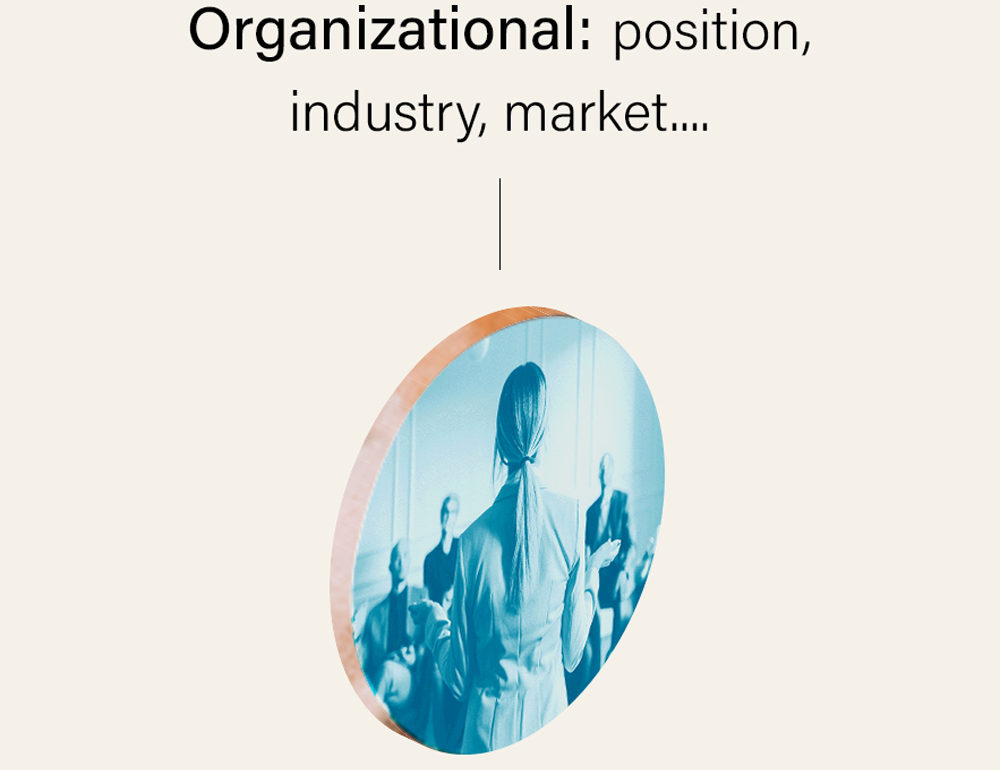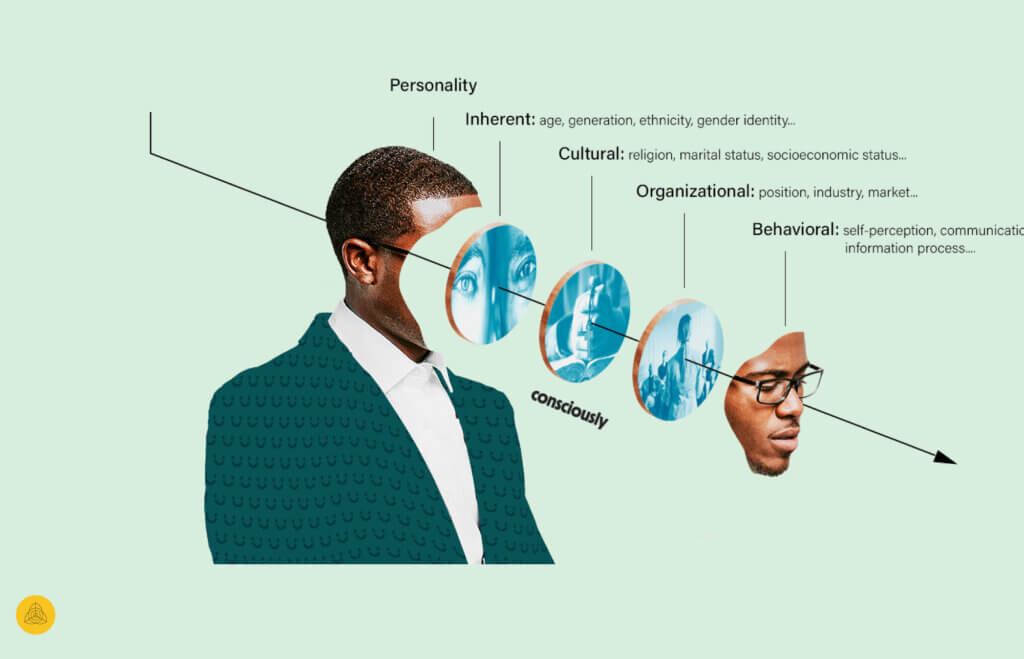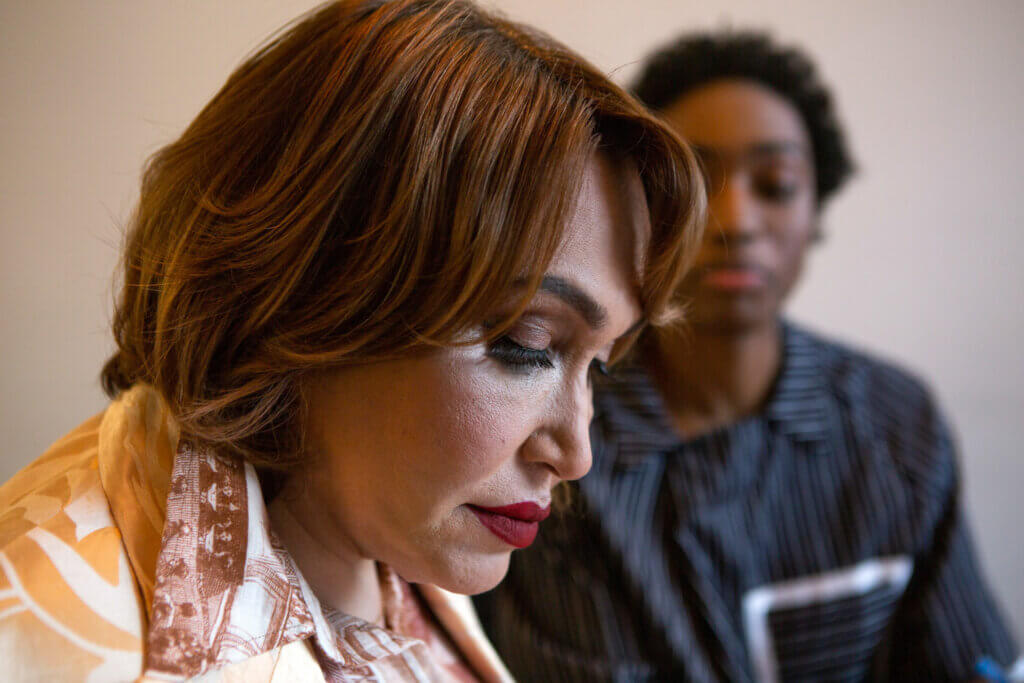What Is Cultural Unconscious Bias?
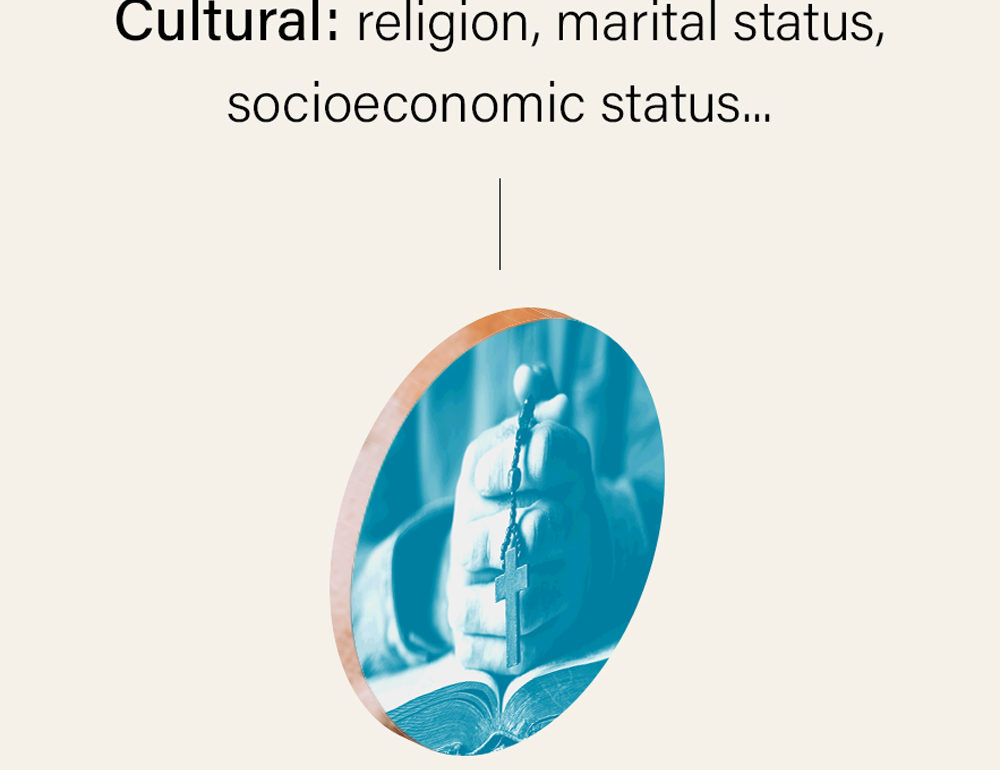
Cultural bias is when you interpret something based on your own culture’s standards or the standards of the majority group.
Some examples of cultural bias include:
- Ethnocentrism: This is when we judge everyone by the norms of their own ethnicity and consider our own ethnicity to be superior to others. For instance, we may have unconscious bias toward people based on our ethnicity’s views on:
- Socio-economic status
- Marital status
- Partner status
- Parental status
- Military/veteran status
- Religion
- Education
- Nationality
- Physical appearance: If your culture values light skin, or lean body types, you may have an unconscious bias against people who do not fit that description.
- Language: Accents can be a source of cultural bias. Research shows it takes us just milliseconds to notice an accent, and we tend to unconsciously assume social class based it. We’re more likely to be biased against speakers who have accents different than ours.
- Gender expression: We’ve learned that gender expression is how a person publicly expresses or presents their gender. Gender expression bias exists almost everywhere in the word, but in some cultures, there are more than two genders and they are accepted. However, the genders each have their defined social roles, so bias still exists.
For example, in modern Indonesia, Waria is a traditional third gender role, and the Bugis culture of Sulawesi has been described as having three sexes (male, female and intersex) as well as five genders (female women, male men, female men, male women and transgender).
